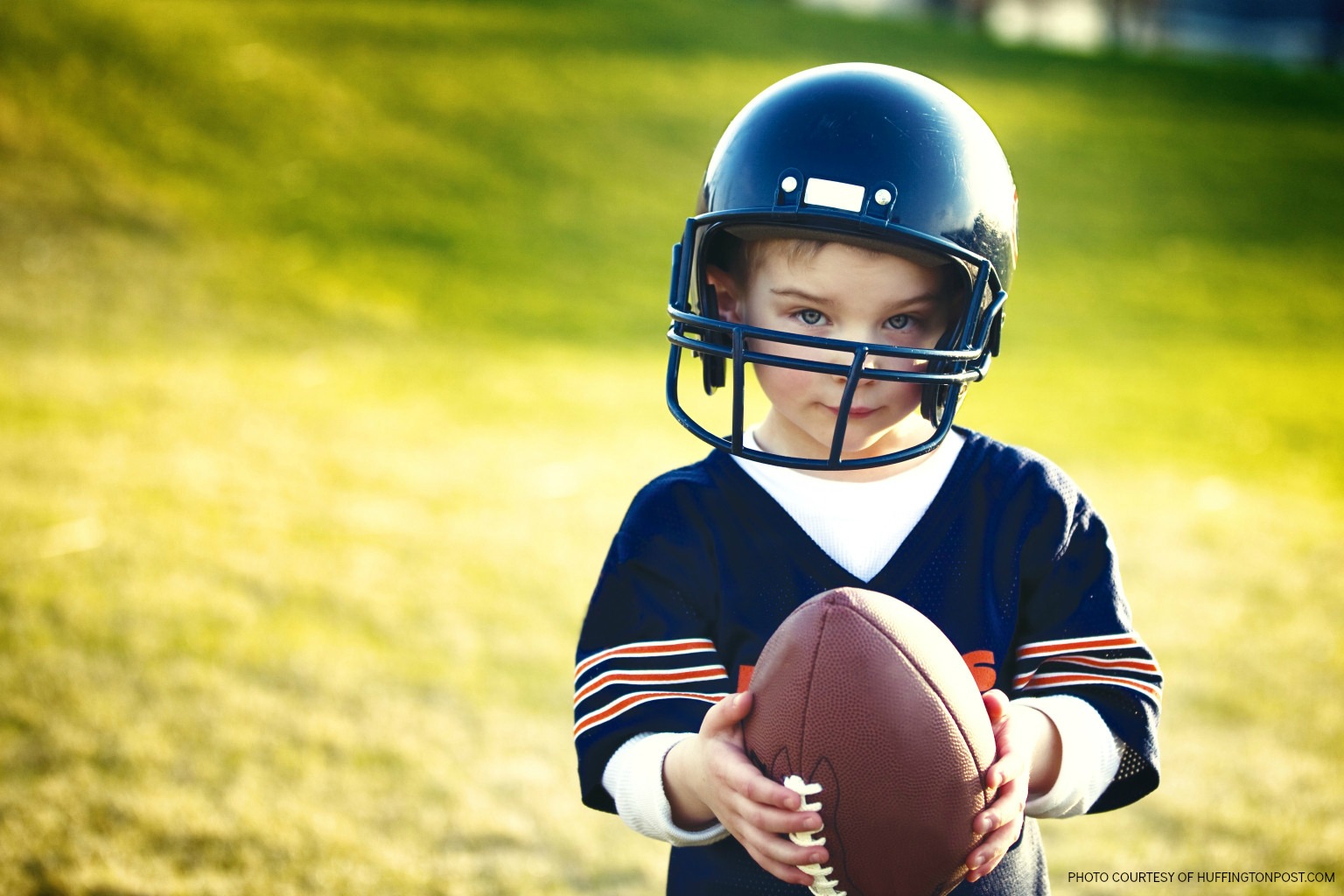
Football is recognized as a violent and somewhat dangerous sport. It is probably known best for its acute injuries, even though the most concerning aspect is its long term effects, especially on the brain.
Parents are pulling their sons out of youth football leagues because of this danger that has presented itself in the past few years. Concussions are on the rise, and the threat of such a life-threatening injury has parents of young athletes scared.
Concussions are a dangerous head injury, common in sports, that have extremely concerning immediate and long term effects. After concussions, children immediately show signs of irritability, sadness, inability to focus, inability to balance and a change in interests, eating patterns and sleep patterns. Later on, concussions can contribute to more serious effects, such as depression, personality changes, hypersensitivity to light and noise and sensory disorders.
“[My concussion] was pretty bad. I had it for three weeks, and I couldn’t even see any bright lights or hear anything loud. Otherwise, I would get nauseous — kinda dizzy,” said Zac Macia, senior football player.
Kids are especially susceptible to concussions because of their lack of myelin, fatty tissue that shields the brain, and the combination of a larger head and smaller neck than their adult counterparts.
USA Football experienced a 6.7% drop in participation of boys 6-14 in 2011, according to Slate. Pop Warner league participation also declined by 9.5% from 2010 to 2012.
The reason behind this drop in participation is suspected to be the concussion epidemic. In 2013, there were 228 concussions in the NFL and 192 concussions in college football. Children enrolled in youth football programs had the same concussion statistics as college athletes.
This is obviously a concern to parents of the children in these youth football programs: to sustain this kind of brain injury at such a young age can cause serious issues, not to mention the fact that it puts the kids who sustain concussions at a higher risk for developing more concussions in the future.
“If they get one head injury, they are more than likely to receive another one. If they receive a second head injury, the recovery time is longer,” said Susan Ennis, Leesville’s Head Athletic Trainer.
Post-concussion syndrome is when the symptoms of a concussion linger longer than the shock of the initial injury. The symptoms of a concussions can persist for up to a year, so it isn’t exactly an injury that goes away overnight.
“Whenever I would hit somebody really hard, like it was kind of head-on-head, I would get dizzy for a second afterwards, but that was about it,” said Macia.
An even more concerning aspect of concussions is second impact syndrome (SIS). SIS is a condition in which an athlete isn’t fully healed from their concussion, and they are introduced back into their sport too soon. A blow to the head, even a very minor one, could cause a more severe concussion, permanent damage or even death. In fact, SIS has a higher mortality rate in child athletes than adult athletes.
Those who continue football into their adult years or for a prolonged amount of time are at risk for Chronic Traumatic Encephalopathy (CTE) — this is a disease in which the brain degenerates after years of persistent brain trauma, like that which is experienced in football. CTE victims suffer anger issues, aggressive behavior, depression and withdraw from society and life.
Because of these dangers that youth football presents, there are also measures being taken to combat its risks. The Concussion Management and Awareness Act was passed in 2011 to regulate the course of action and safety measures taken when dealing with concussions in school sports. Youth athletic organizations also have strict rules and clearance regulations for when and if a child with a brain injury can return to sport.
“To prevent concussions, what we try to do is we, before the season, establish what’s called a baseline score on every athlete that is at high risk for a head injury. So, they take a computerized test called the impact test, a universal test that a lot of physicians use across the United States, and they get what’s called a cognitive score (a normal, healthy brain score). They use that in diagnosing a concussion, as well as returning an athlete to play,” said Ennis.
Overall, the reaction to the concussion epidemic is justified, but shouldn’t be blown out of proportion. Parents are concerned, and they have a reason to be — however, football is not entirely dangerous, especially if it is approached in a cautious and healthy manner. Youth football is not concerningly risky, as long as the parents and coaches put the safety of their children and athletes first.